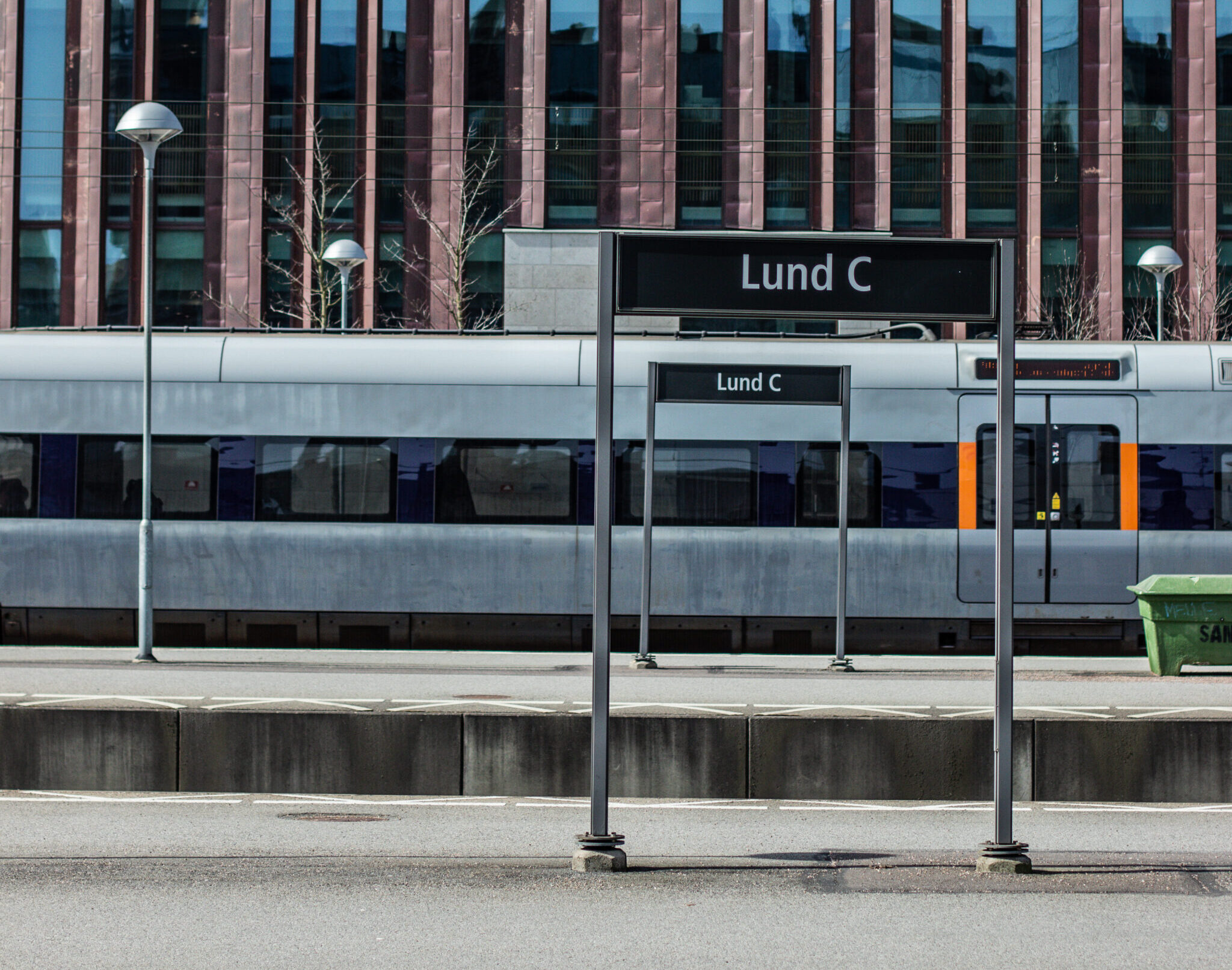
Enhanced Analysis of Travel Patterns
Despite having access to extensive data, many Swedish public transport authorities lack sufficiently detailed insights into travel behaviour within their own transport networks to conduct the analyses of demand and market potential that they desire. A group of researchers at K2 has studied how analyses of entire trips can be carried out using data that many public transport authorities already have access to. The findings are presented in the newly published K2 report: Analysis of Travel Patterns – Tools and Data.
In collaboration with analysts and planners from Region Uppsala, Västtrafik, Skånetrafiken, Östgötatrafiken, and Region Värmland, the K2 researchers initiated a project to develop methods that facilitate the generation of quantitative information regarding how well existing public transport services meet passenger demand.
“Our research revealed that one of the main shortcomings of the methods and data sources currently in use is the lack of information regarding number of stop alightings,” explains Ulrik Berggren from Lund University, who led the project.
“Public transport authorities have reliable data on boardings through automatic passenger counting. We have demonstrated that it is relatively straightforward to complement this data with information that provides a more comprehensive picture of travel patterns, by tracking anonymised ticket holders,” says Ulrik Berggren.
The method of tracking ticket holders is not applicable in systems with open fare gates, but it is well-suited to bus systems with mandatory ticket validation during front-door boarding and, in most cases, even those allowing boarding and ticket validation at all doors.
“We tested the method on passengers in the small town of Alingsås, using data from Västtrafik. It seems to facilitate municipal planning by enabling detailed analysis of public transport travel patterns and the relationships between travel behaviour, public transport service provision, and urban form”, says Ulrik Berggren.
As part of the project, the researchers also conducted a survey on how different public transport authorities utilise and analyse collected data. The results revealed significant variation between authorities.
“Our impression is that what is primarily needed is time and expertise, rather than expensive tools, to further develop locally adapted approaches and routines that better utilise collected data. There appears to be an initial threshold to getting started. Our hope is that the method we have now developed, demonstrated and present in our report will help lower that threshold,” says Ulrik Berggren.
Ulrik Berggren, together with fellow researchers Carl Johnsson and Jan Persson, authored the K2 report Analysis of Travel Patterns – Tools and Data.
Link to the report (In Swedish)
Analys av resmönster – K2
